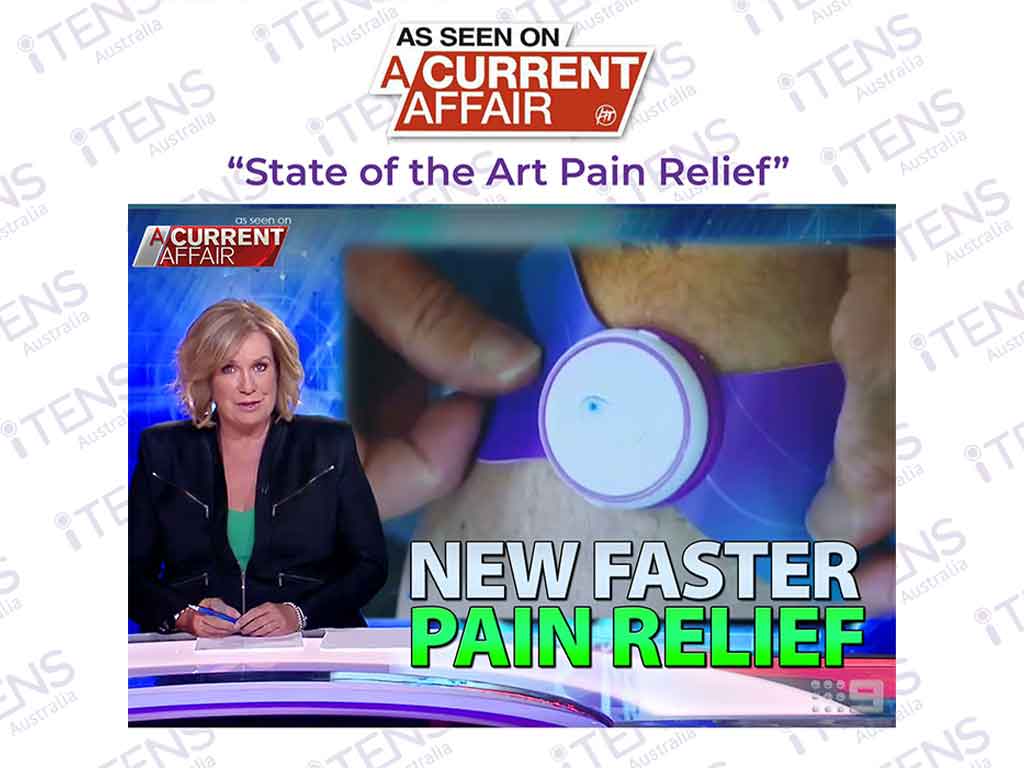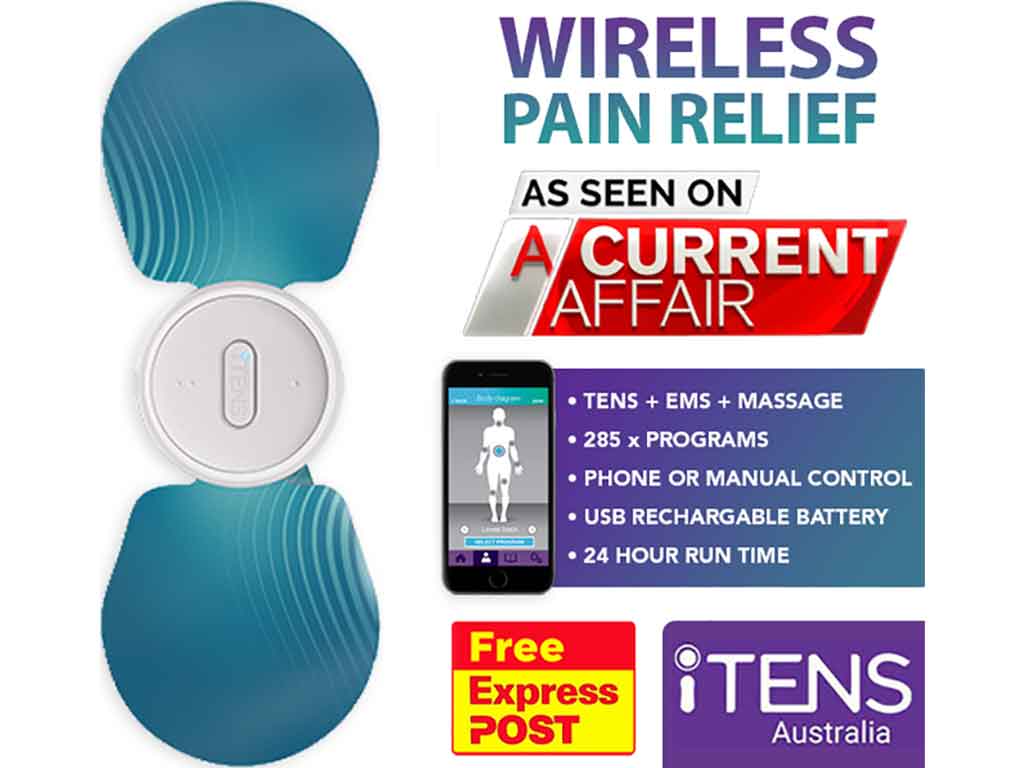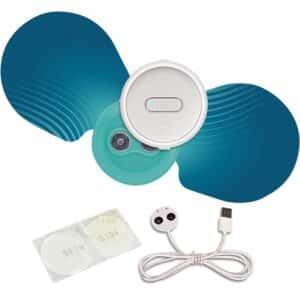
Transcutaneous Electrical Nerve Stimulator (TENS) therapy is a method of pain relief. It works by blocking pain signals, triggering the release of endorphins, and promoting vasodilation. The benefits of using a transcutaneous electrical nerve stimulator for pain relief include customisable treatment options, portability, and cost-effectiveness compared to other pain relief methods. To use it, the individual must apply the electrode pads to the pain source and adjust the settings according to their comfort levels.
Living with acute or chronic pain proves challenging, impacting daily activities or routines. Therefore, people search for ways to manage these conditions, often turning to medications or physical therapy. However, conventional treatments may not suit everyone due to various medication side effects or limited access to healthcare services. Thus, many look to modern pain control solutions, such as TENS therapy. This article will provide more information about a TENS stimulator, including its mechanism of action and benefits.
What is a Transcutaneous Electrical Nerve Stimulator for Pain Relief?
A transcutaneous electrical nerve stimulator for pain relief is a portable device consisting of a control unit and electrode pads. It works by sending electrical pulses through the electrode patches placed on the skin to stimulate the sensory nerves. Usually, TENS devices have thin wires connecting the unit to the electrodes. However, newer versions incorporate wireless pads, employing Bluetooth technology for controlling the electrical stimulation.
TENS stimulators offer various features to meet diverse needs. One key feature is adjustable settings that allow users to control the strength, frequency, and duration of the pulses. This customisation lets users tailor their treatment based on their comfort and pain intensity. Additionally, some electronic devices provide multiple operation modes, offering different patterns of stimulation.
Moreover, electrode pads come in two types: self-adhesive or requiring a conductive gel. They adhere smoothly to the skin, ensuring a comfortable and stable connection for the electrical currents. These pads are usually reusable, although they might necessitate replacement over time due to wear and tear. Lastly, TENS devices can operate with either single-use or rechargeable batteries.
Purpose of TENS in Pain Relief
- TENS therapy aims to provide pain relief through non-invasive means, using mild electric currents to target specific areas of discomfort.
- Offer drug-free alternatives for managing painful conditions, reducing the need for pain medications and their potential side effects while still effectively mitigating discomfort.
- Induce relaxation and reduce stress by soothing nerves and muscles, easing tension and fostering a state of calmness.
- Focus on localised treatment, targeting specific areas of pain instead of affecting the entire body randomly.
- Complement other pain management strategies to work synergistically with methods such as medicines or physical therapy, enhancing overall pain relief outcomes.

How a Transcutaneous Electrical Nerve Stimulator for Pain Relief Works
A transcutaneous electrical nerve stimulator for pain relief works by blocking pain signals from reaching the spinal cord and brain. When someone experiences pain, their nerves send messages to the brain, telling it that something hurts. TENS interrupts these pain messages using high-frequency stimulation (50-120 Hz), which is suitable for acute pain conditions.
Moreover, TENS triggers the release of endorphins using low-frequency stimulation (2-10 Hz), which is more applicable to chronic pain conditions. Endorphins are neurotransmitters that the body naturally produces, often referred to as “feel-good” chemicals. They play a crucial role in regulating mood, reducing stress, and relieving pain. Moreover, the analgesic mechanisms of endorphins can be particularly beneficial for individuals looking for non-pharmacological interventions.
Furthermore, TENS promotes vasodilation in the treatment area. Vasodilation is the widening of blood vessels, which increases blood flow. It allows the body to deliver more oxygen and nutrients to the tissues, which can help to reduce pain and promote healing. It is like opening up the roads for more traffic to pass through, bringing in reinforcements to help combat the pain.
Main Theories at Work
In TENS therapy, two main theories are at work to alleviate pain in adults. Firstly, the Endorphin Release Theory. It suggests that TENS therapy prompts the release of endorphins in the body. When low-frequency TENS is applied, endorphins bind to the opioid receptors in the brain, providing effective analgesia.
Secondly, the Gate Control Theory of Pain. It proposes that the electrical impulses from the TENS device interfere with and block the transmission of pain signals to the brain. This blocking mechanism occurs through the activation of specific nerve fibres, which act as gates, regulating the flow of pain signals.

Benefits of Using a Transcutaneous Electrical Nerve Stimulator for Pain Relief
A transcutaneous electrical nerve stimulator for pain relief offers various benefits for managing pain. Firstly, they provide customisable treatment options. Users can adjust the settings to suit their needs, like the pulse frequency and pulse amplitude of electrical pulses. This flexibility allows for targeted relief, addressing specific areas of discomfort. Plus, different electrode placements offer versatility in targeting various pain points.
Secondly, TENS devices are highly portable, making them convenient for on-the-go pain management. Whether at home, work, or travelling, users can easily carry these small electrical devices with them. This portability enables consistent pain relief without the need for bulky equipment or frequent pain clinic visits. Thus, people can maintain their daily activities with greater comfort and mobility.
Thirdly, TENS stimulators are user-friendly. They typically come with simple controls and clear instructions, making them accessible to people of all ages and backgrounds. This ease of use empowers users to take control of their pain management independently. Lastly, TENS machines are cost-effective compared to other pain relief methods, offering a budget-friendly alternative for long-term pain management.
Types of Pain TENS Can be Used For
Using a TENS device can help with different types of pain. For instance, acute pain, which lasts less than three months. These include postoperative pain, primary dysmenorrhoea, and even labour pain. TENS can also ease chronic pain, which lasts for more than three months. Some chronic conditions include arthritis pain, bursitis, and plantar fasciitis.
Moreover, TENS is beneficial for addressing neuropathic pain. Conditions like diabetic neuropathy, where nerves are affected by high blood sugar levels, can cause sharp, shooting pains or numbness in the extremities. Similarly, musculoskeletal pain stemming from issues like arthritis or fibromyalgia can be mitigated with TENS.
Conclusion
A transcutaneous electrical nerve stimulator for pain relief is a device that sends electrical pulses through electrode pads on the skin. It works by blocking pain signals, triggering the release of endorphins, and boosting blood flow to the affected area. By doing so, it helps alleviate discomfort and promote healing. Additionally, TENS offers a drug-free and non-invasive option for managing pain, making it a safer and more accessible alternative to traditional pain relief methods.
Moreover, using TENS has several benefits. It offers customisable treatment options, portability for on-the-go management, user-friendly operation, and cost-effectiveness. It can also help with various types of pain, including acute, chronic, neuropathic, and musculoskeletal pain. TENS serves as a valuable tool in empowering individuals to manage their pain effectively and independently. Its ability to target specific areas of discomfort and its versatility in usage enhance the quality of life for users.





















